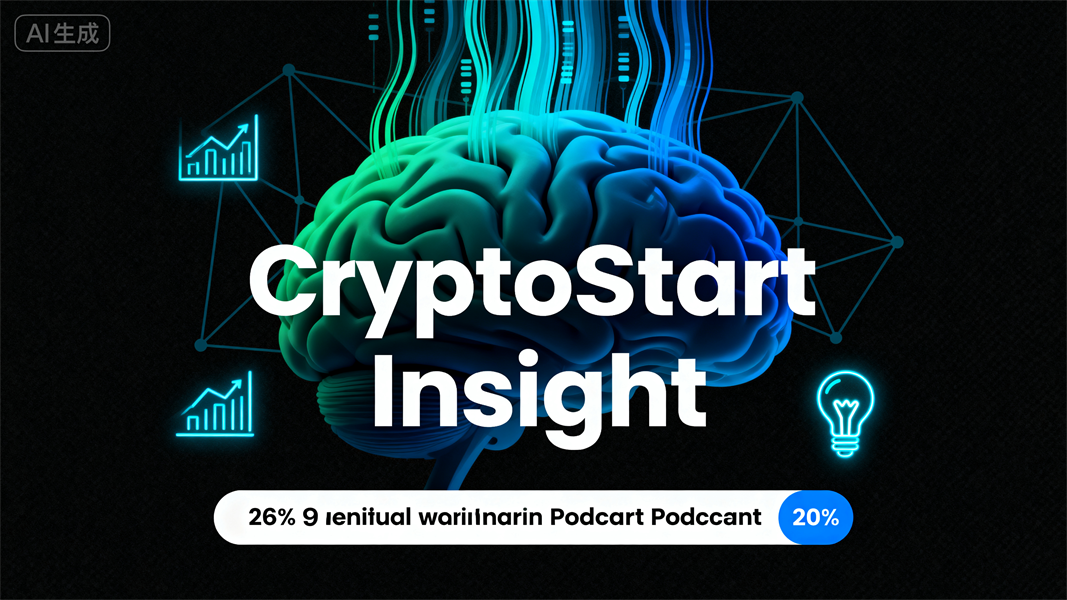Bitcoin (BTC) is not only the first cryptocurrency in the world but also the cornerstone of the entire crypto industry. Since its anonymous founder Satoshi Nakamoto mined the “Genesis Block” (the first block of Bitcoin’s blockchain) in January 2009 and released the whitepaper Bitcoin: A Peer-to-Peer Electronic Cash System, it has rewritten the public’s understanding of “digital assets” and gradually gained the title of “Digital Gold”—a reputation rooted in its unique design and market value.
1.1 Bitcoin’s Birth: From Whitepaper to “Digital Gold”
Before Bitcoin, the concept of “digital currency” faced two core challenges: double-spending risk (reusing the same digital asset) and centralization dependence (relying on institutions like banks to verify transactions). Satoshi Nakamoto solved these problems with blockchain technology—a public, transparent, and tamper-proof distributed ledger. Every Bitcoin transaction is recorded on the blockchain, verified by global nodes (computers participating in the network), and cannot be altered, fundamentally eliminating double-spending.
The title “Digital Gold” comes from Bitcoin’s scarcity, a key feature that aligns with gold’s value logic. Unlike fiat currencies (such as the US dollar or RMB) that can be printed infinitely by central banks, Bitcoin has a fixed total supply of 21 million coins. As of 2024, over 19 million Bitcoins have been mined, and the remaining 2 million will be gradually released through “mining” (the process of verifying transactions to generate new blocks) until around 2140, when mining will stop. This scarcity makes Bitcoin a potential hedge against inflation—especially during periods of fiat currency depreciation, many investors turn to Bitcoin to preserve asset value, just as they do with physical gold.
1.2 Core Features: Why Bitcoin Leads the Crypto Market
Beyond scarcity, Bitcoin’s long-standing dominance (it accounts for ~40% of the total crypto market capitalization in 2024) stems from three core features:
- Decentralization: There is no central institution (like a bank or government) controlling Bitcoin. The network is maintained by thousands of nodes worldwide—even if some nodes fail, the entire system remains stable. This avoids the risk of single-point failure or arbitrary asset freezing, which is a major appeal for users seeking financial autonomy.
- Security: Bitcoin uses SHA-256 encryption algorithm. To tamper with a transaction, a user would need to rewrite all subsequent blocks on the blockchain and control over 51% of the network’s computing power (known as a “51% attack”)—a feat that is technically difficult and economically unfeasible, making Bitcoin one of the most secure digital assets.
- Global Liquidity: Bitcoin is traded 24/7 on major compliant exchanges (such as Coinbase, Binance, and Kraken) across the globe. Investors can buy, sell, or transfer Bitcoin at almost any time, and its high trading volume ensures that large orders rarely cause extreme price fluctuations (compared to small-cap altcoins).
1.3 Use Cases: Investment and Payment, Two Sides of Bitcoin
For most users, Bitcoin’s value lies in two main scenarios:
- Investment and Asset Allocation: As “Digital Gold”, Bitcoin is widely regarded as a “alternative investment” to diversify portfolios. Institutional investors (such as Tesla, MicroStrategy, and BlackRock) have allocated funds to Bitcoin, while individual investors use it to hedge against inflation or participate in crypto market growth. However, it’s important to note that Bitcoin’s price is highly volatile—for example, it soared to nearly $69,000 in November 2021 and fell to around $16,000 in December 2022, so risk control is crucial.
- Cross-Border Payments and Peer-to-Peer Transactions: Bitcoin’s original design goal was to become a “peer-to-peer electronic cash system”. It allows users to transfer funds directly across borders without intermediaries (like banks), with lower fees and faster settlement times (usually 10-60 minutes per transaction) compared to traditional remittance services (which can take 1-3 business days and charge 3-5% fees). Today, some online merchants (such as Overstock) and offline stores accept Bitcoin as payment, though this use case is still less common than investment due to price volatility.
1.4 Market Status and Regulatory Landscape
Bitcoin’s market performance is closely tied to global regulatory policies. Different countries have adopted varying attitudes:
- Compliant Regulation: The United States classifies Bitcoin as a “commodity”, regulated by the CFTC; the European Union’s Markets in Crypto-Assets (MiCA) regulation (effective 2024) requires Bitcoin service providers to meet anti-money laundering (AML) and investor protection standards.
- Restrictions or Bans: China prohibits all cryptocurrency trading and mining activities to prevent financial risks; some countries (like Nigeria) have restricted crypto transactions due to concerns about fraud and capital outflows.
- Neutral Observation: Countries like Singapore and the United Arab Emirates (UAE) have established clear regulatory frameworks to support legitimate crypto businesses while curbing illegal activities, positioning themselves as crypto-friendly hubs.
1.5 Risk Reminders for Ordinary Users
While Bitcoin has gained widespread recognition, it also carries risks that all users should understand:
- Price Volatility Risk: Factors like macroeconomic data (e.g., US interest rate hikes), regulatory news, and market sentiment can cause sharp price swings—avoid investing more than you can afford to lose.
- Security Risks: Bitcoin is stored in “wallets” (digital or hardware). Losing private keys (the password to access Bitcoin) or using untrusted exchanges/wallets can lead to permanent asset loss (e.g., exchange hacks in the past).
- Regulatory Risks: Sudden changes in local regulations may restrict Bitcoin trading or holding, affecting asset liquidity.

